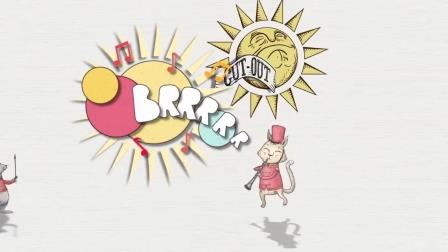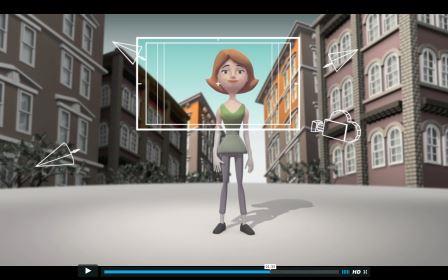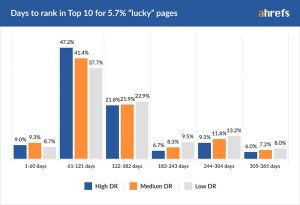Like any medium of storytelling, explainer videos are at their best when the narrative is sharp, streamlined and digestibly lean. In theory, this makes sense. But in practice, it can be difficult to execute. Especially if you already have a concept, script or animatic that you really like. Because the sum of an explainer is often greater than its individual parts, it can often be hard to figure out how to approach revising the material.
So today, this is exactly what we’ll be exploring. How do you trim and tighten your explainer in order to create the best video possible.

1. Identify the Untouchables: Before figuring out which elements to remove, it’s helpful to begin by identify what can absolutely not be deleted. These elements–the untouchables, if you will–may still be trimmed or tweaked down the line–but these are the core points of emphasis and resonance that hold your message together.
2. Look for Repetition: This is the most obvious place to begin, but that doesn’t make it the easiest. That’s because repetition is often camouflaged; meaning that you’re not necessarily looking for the same words of the same phrasing, but the same conceptual points being made. So, given how easily repetition can hide in plain side, one helpful way to identify the excess is by breaking down each scene (or even sentence) into a single unit of thought. For example: This scene of the animation (or section in the script) introduces the pain point. This segment explains why that pain point is so painful. This one reveals a solution. Etc, etc, etc. Break down each moment into its messaging function and, by doing so, you’ll likely reveal repetition.

3. Try to Sniff Out Stagnation: When scripting and storyboarding an explainer, it’s difficult to anticipate flow. What works on the page may not work on the screen. And certain moments that may have seemed integral, might just wind up being less interesting in the animation. If you’ve been with the project since the early stages, these moments may be difficult to identify (as you have become familiar with the intended message), so it can often be helpful to ask for a second opinion. Ideally from someone who’s not involved with the project at all. Keep in mind that their opinion is just one person’s perspective, but sometimes it’s the perspective that helps you see things more clearly.
4. Acknowledge the Luxuries: While your instinct may be to retain every element of your explainer (and that’s a good instinct, it makes you like what’s been created!) the truth is that every narrative contains luxuries; those moments that are great and integrate with the messaging but simply are not as integral as others. All of which is a roundabout way of saying that you shouldn’t think about cut material as being of a lesser quality, but rather just less necessary to the overall message.

5. When in Doubt, Look to the Second Half: It’s fair to say that every part of an explainer (beginning, middle, end and in-between) is equally important but…one could argue that every part is not equally as malleable. That’s because, by the second half of your explainer video, you’ve hopefully built up momentum (and goodwill) with the viewer. They’ve already bought into your concept, they get the gist of your message and now–down the homestretch–it’s a matter of fine-tuning the details as you dismount to the call of action. Contrast that to the first half of an explainer, which is much more of a fragile dance to earn the viewers interest. All of which is a long way of saying that in a scenario where the sum is greater than its part, you’re best off fiddling with those parts after the audience has become cognizant of your sum.
6. Don’t Be Afraid to Experiment: The truth is, tightening your animated video isn’t an exact science. There is no “right” answer. It’s about fit and finesse. So don’t be afraid to get your hands dirty–by seeing what a script looks like without certain lines, by cutting a sequence and seeing how the animation lands–and seeing how different options play. Worst case scenario, you can just undo your experiment and, either way, there’s a good chance you’ll learn something from the process.
Digital & Social Articles on Business 2 Community(31)







